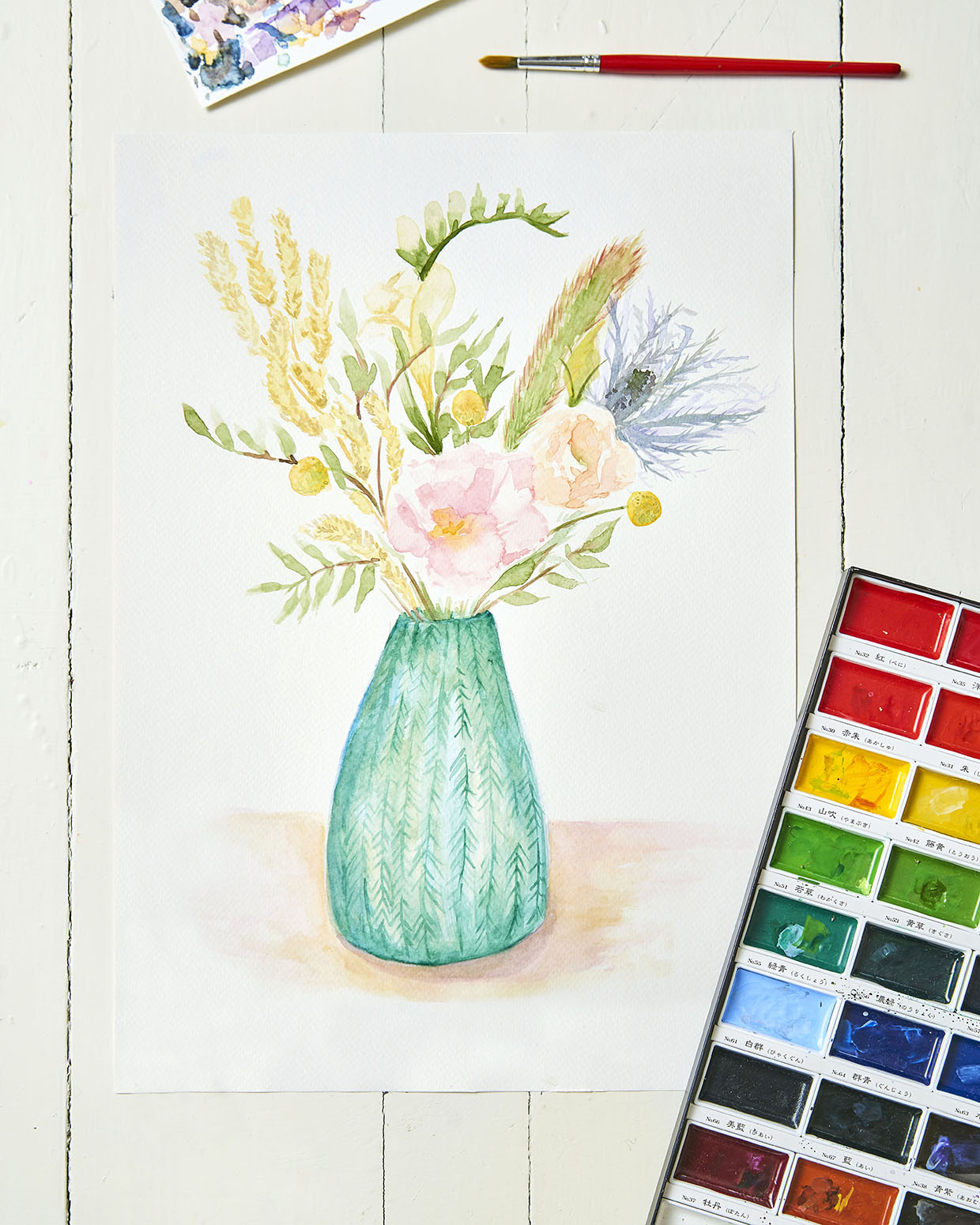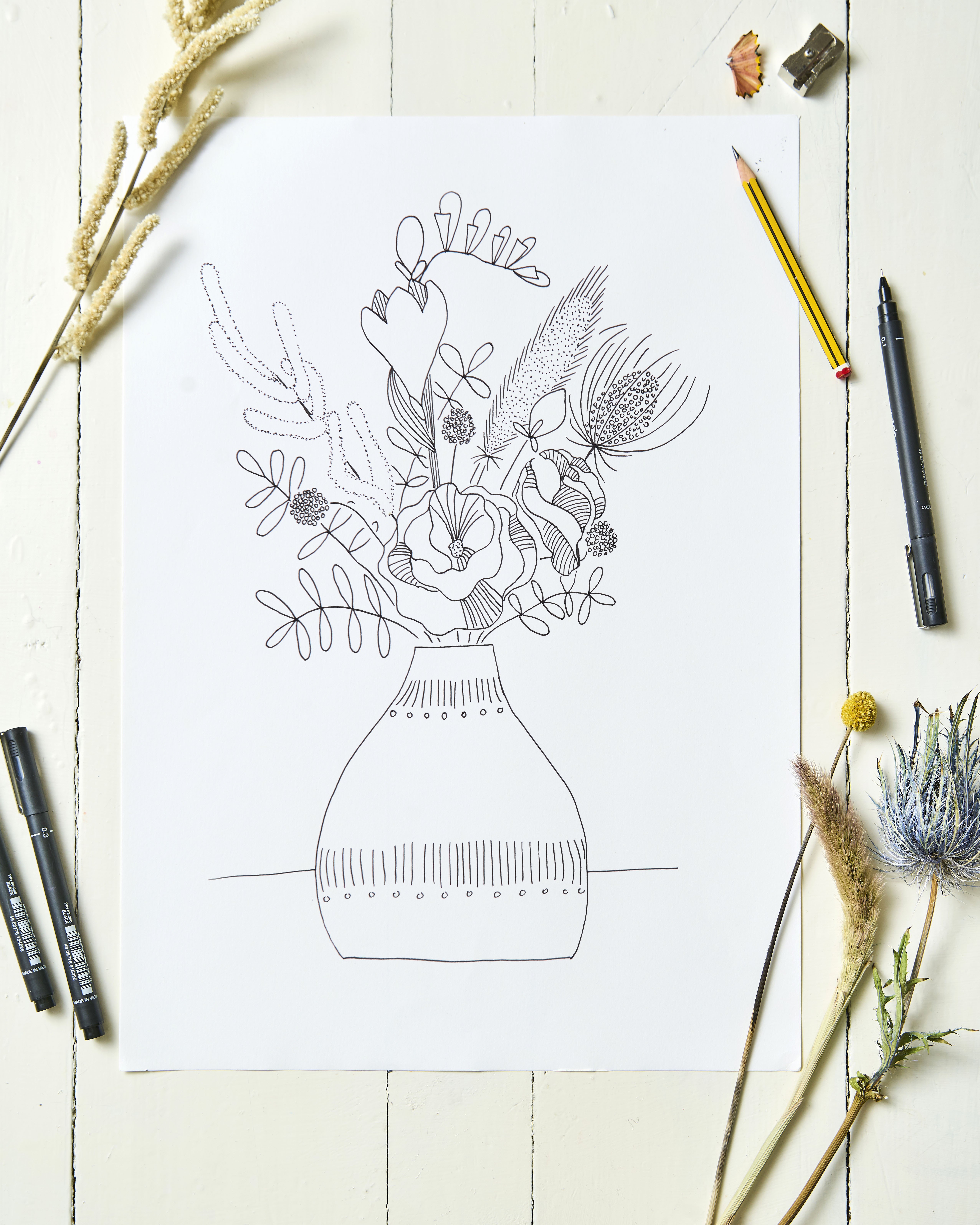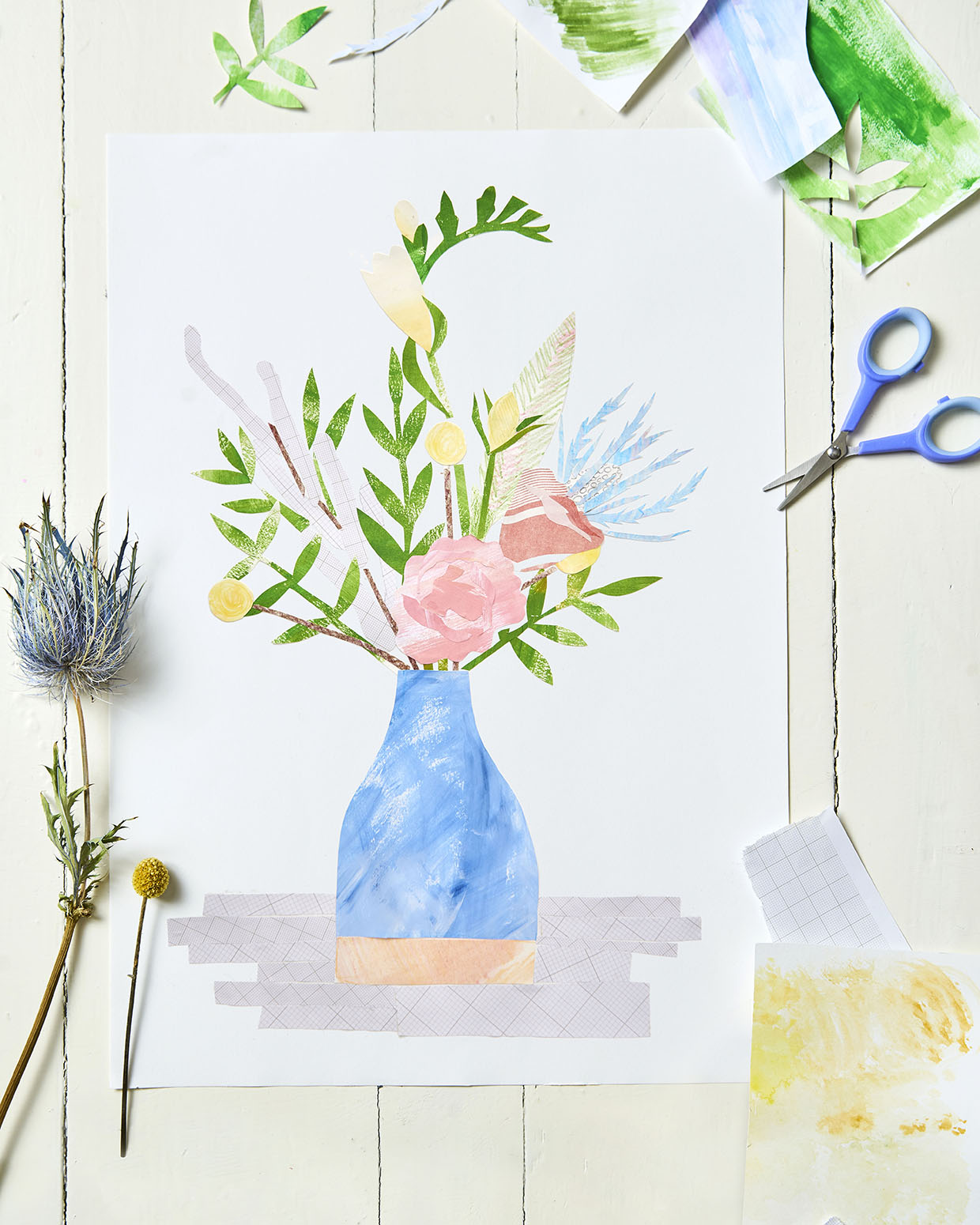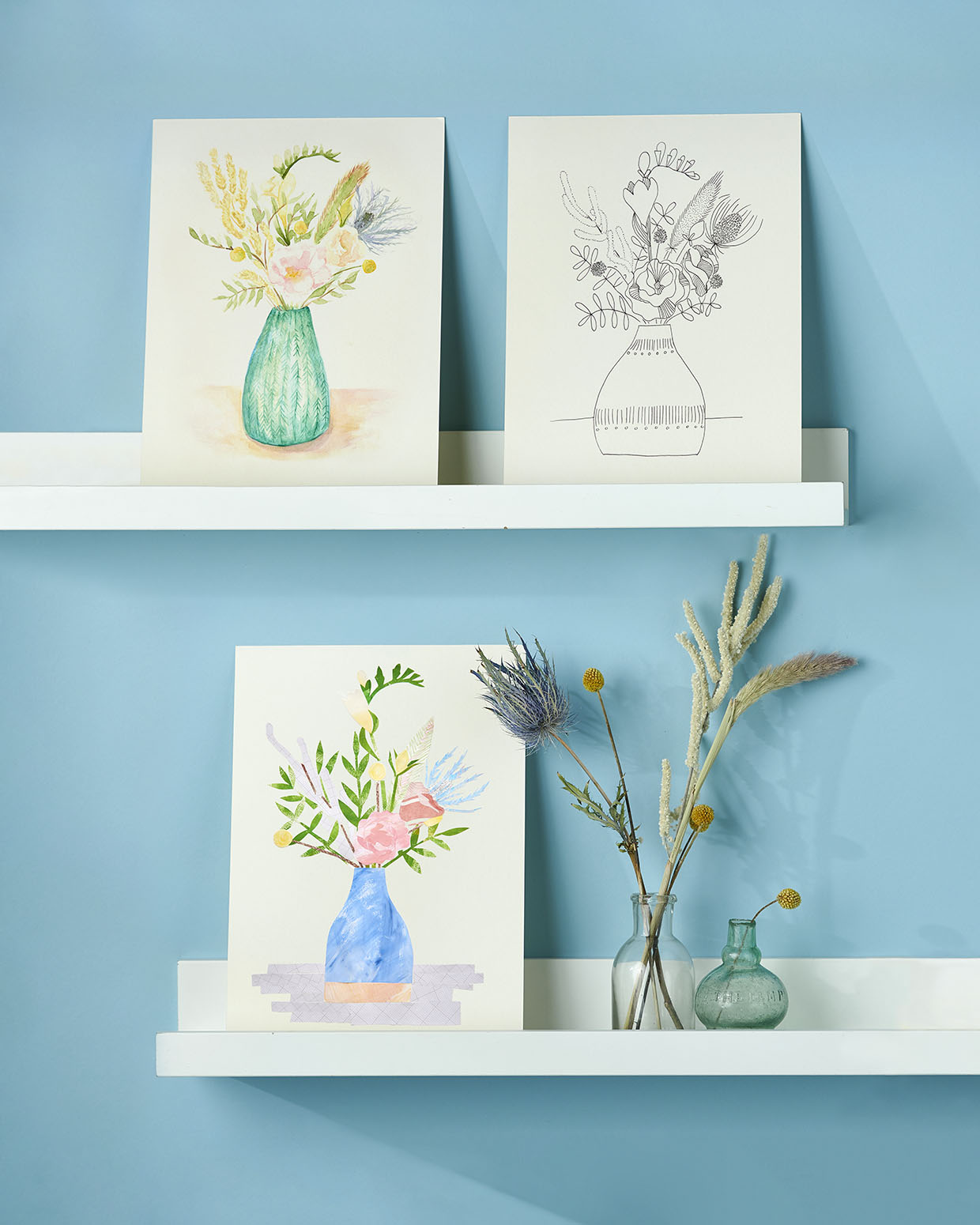Different people view and interpret the world in so many different ways through their art. That’s what creativity is all about! This still life art project shows how one subject can be expressed in many ways according to the medium you use.
The examples include a traditional watercolour, a simple black-and-white ink drawing and a fun contemporary collage. But these are just three ideas to get you started on your own artistic journey – you might want to try gouache, pencil or colour chalks too.
In other words, this project is perfect if you want to experiment and find what works for you, using one subject as a reference point. And, in the process, you might even discover your own signature style. Who knows what ideas will bloom?
What is still life art?
Still life is a popular art form that has inspired artists for centuries. Still life art typically portrays an arrangement of objects on a table and it's a great way to practice your artistic skills.
Arrangements of fruit and flowers are very common in still life art, but there's no reason why you couldn't paint any selection of objects that inspires you. If you've gathered some shells on a beach walk, why not paint them? You could paint your dressing table, window sill or even your desk if you've got an interesting array of possessions scattered there!
Read on to learn how to make your own still life art with Esther's top tips…
Looking to develop your artistic skills? Learn how to draw a flower, how to make butterfly art using gouache or how to paint a self-portrait. We've also put together an inspiring collection of easy watercolor painting ideas, fall painting ideas and art journal ideas for you to try.
Before you start this project, you might find it useful to explore our best watercolour paints guide and our watercolour painting for beginners guide.




